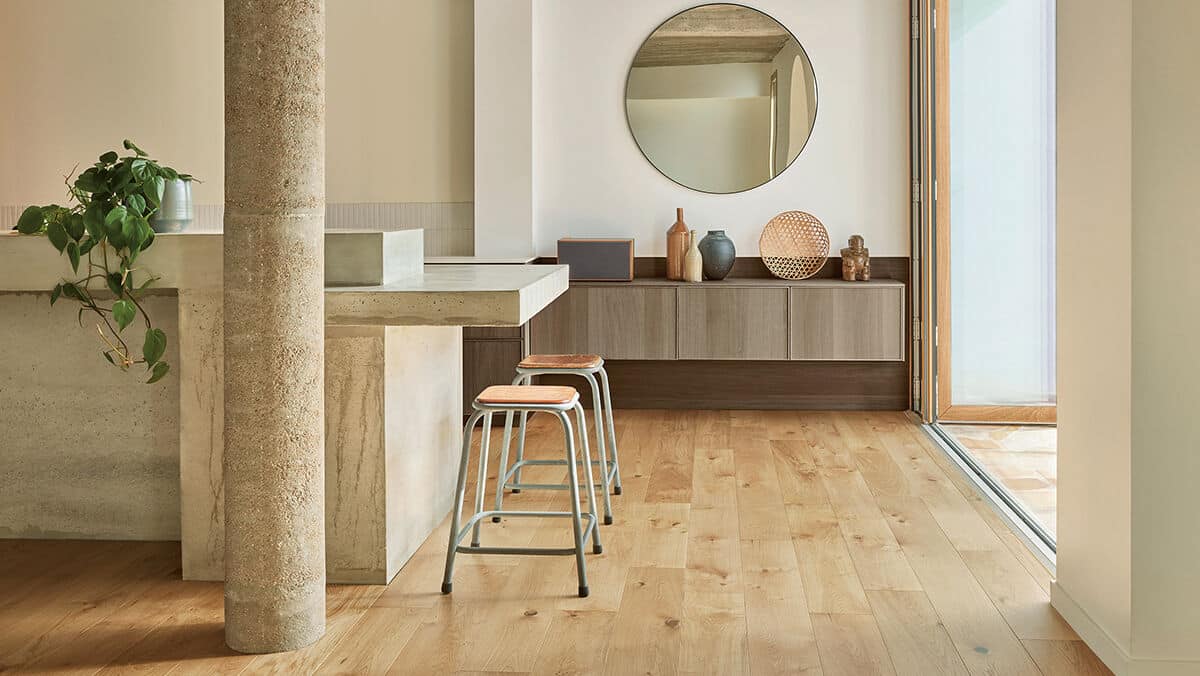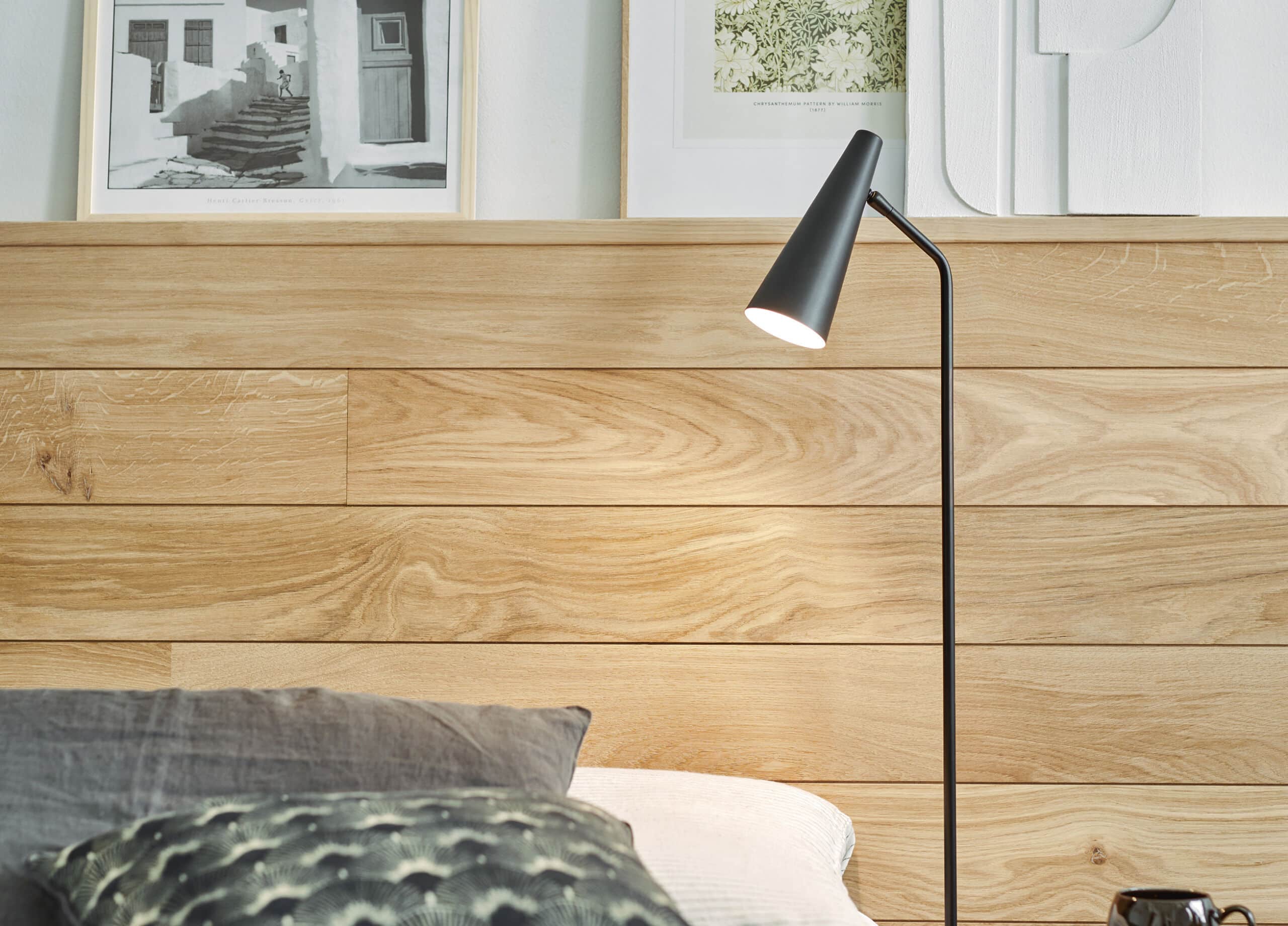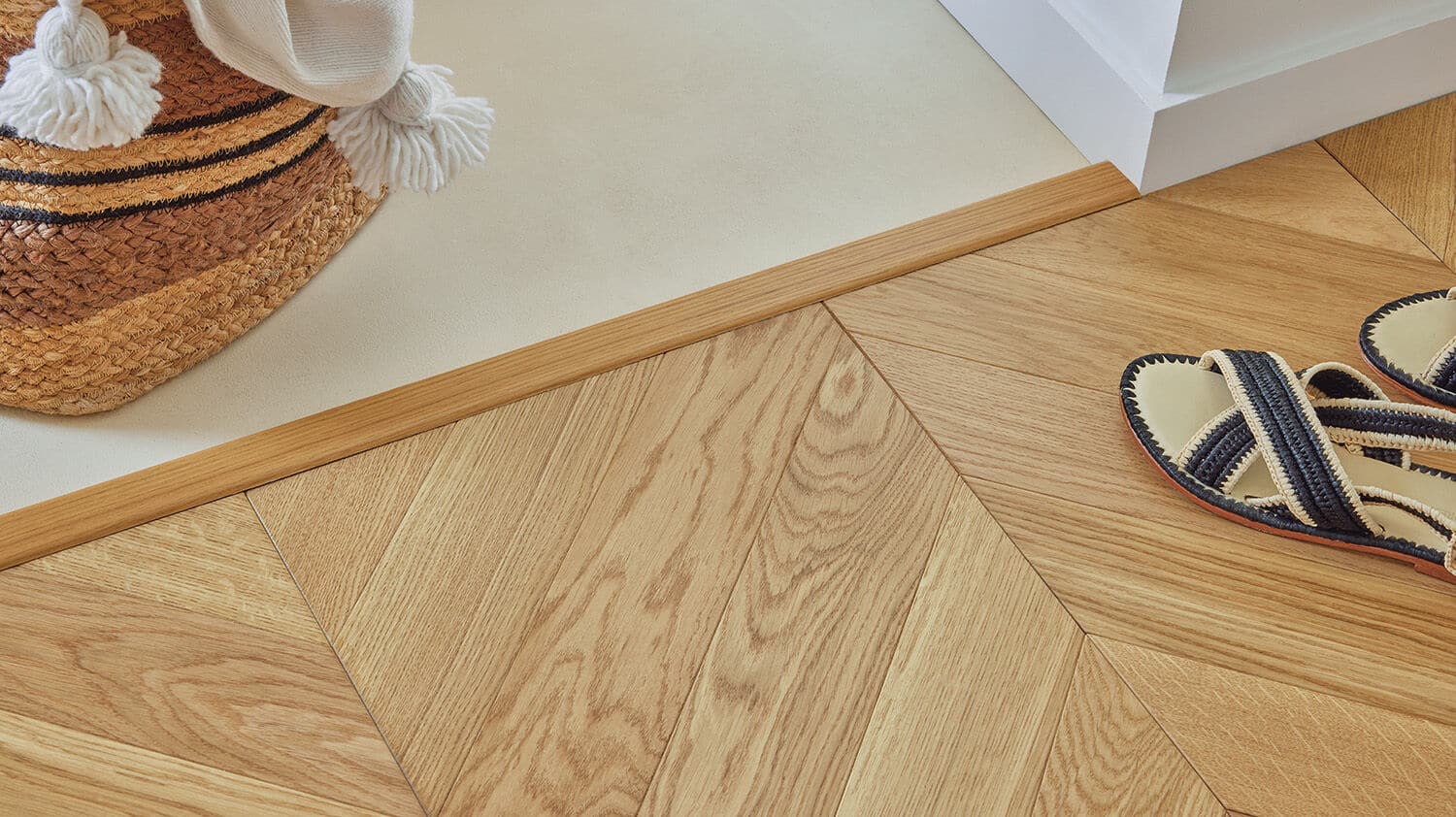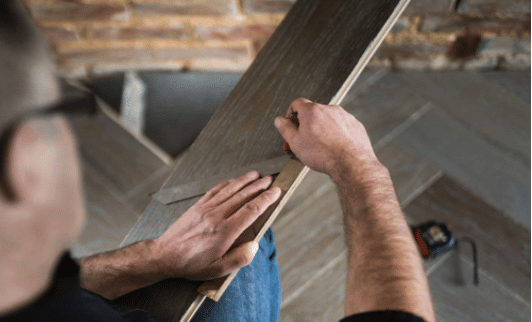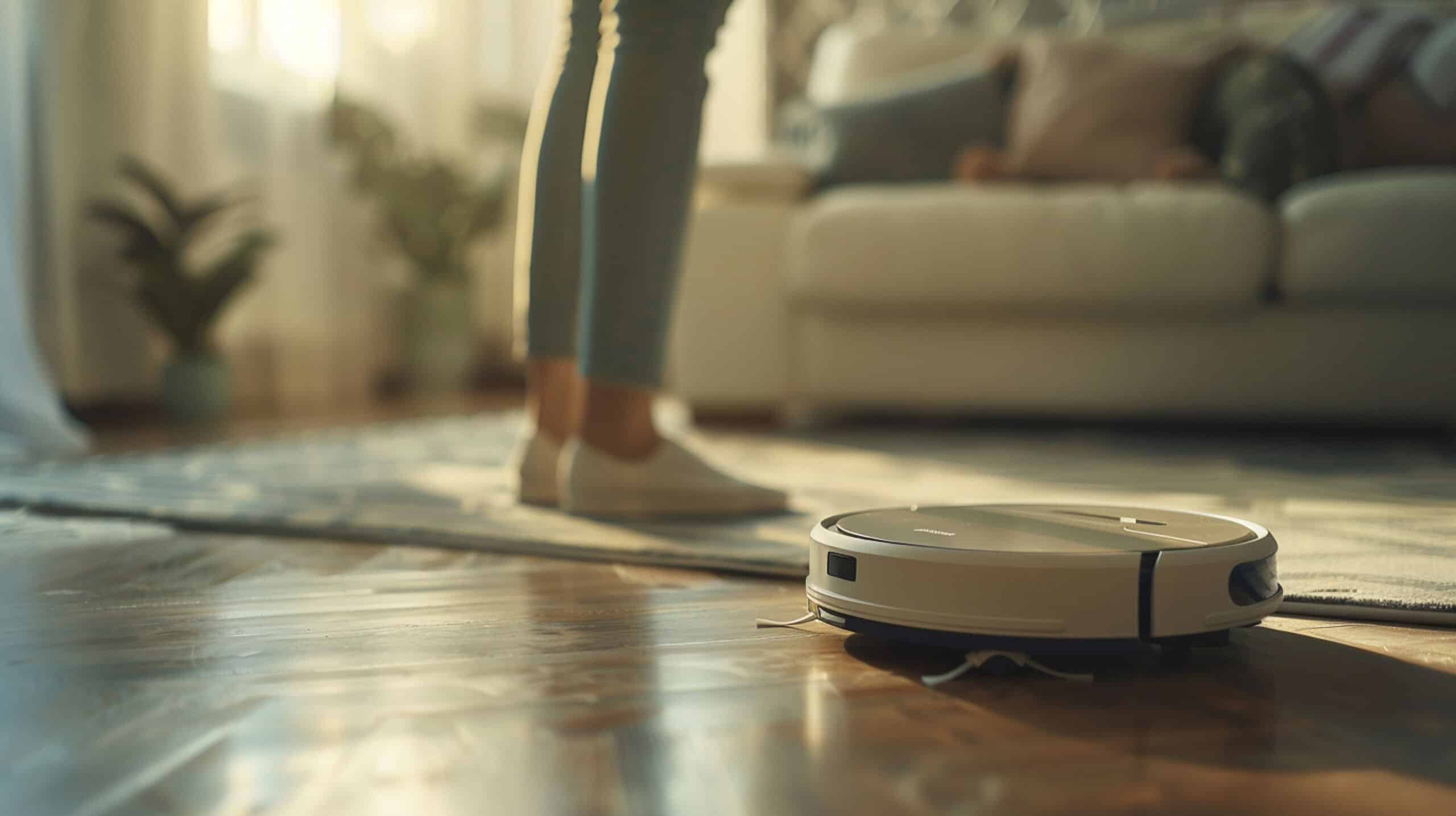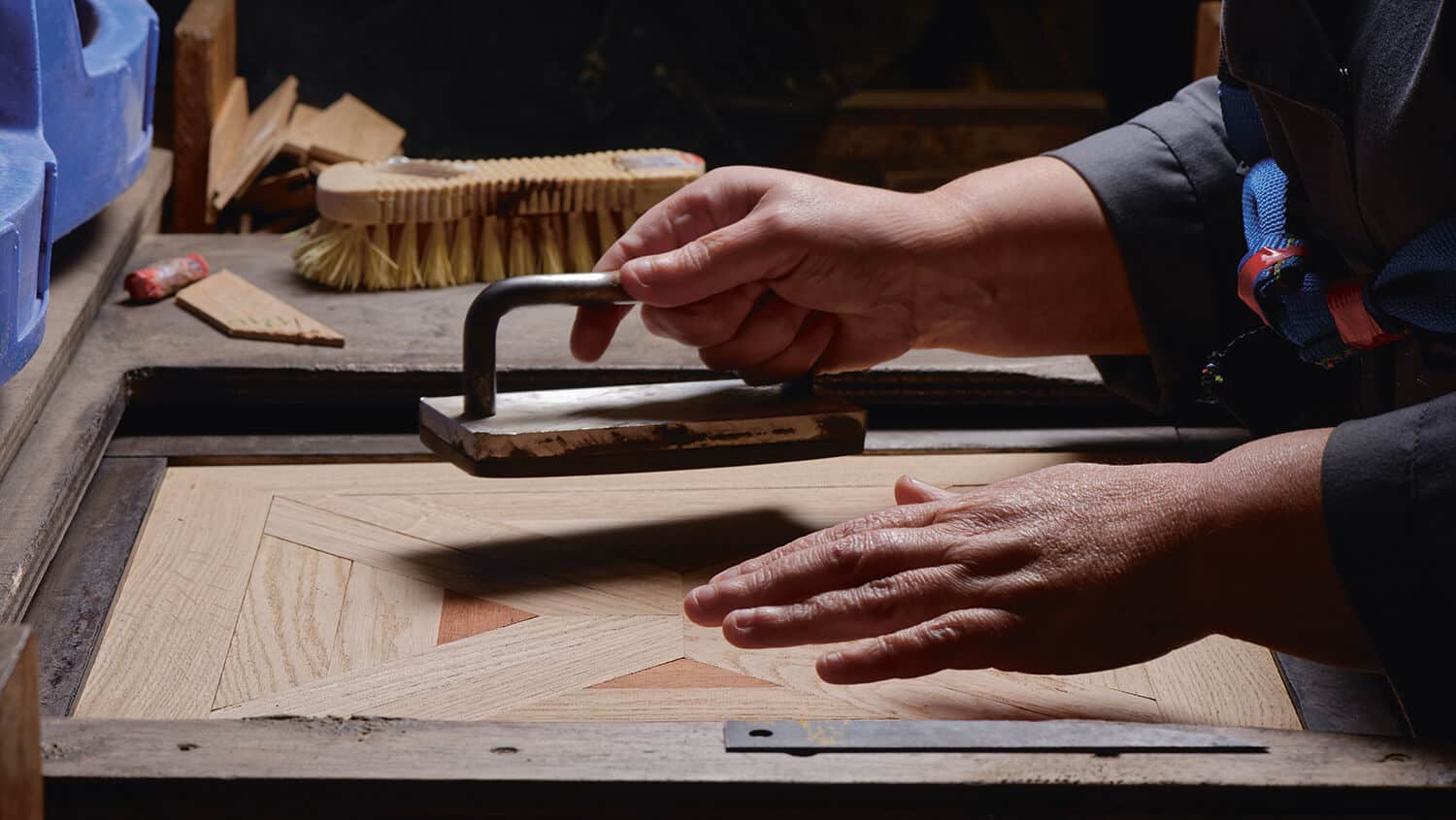WHICH WOOD FLOORING TO CHOOSE FOR A KITCHEN?
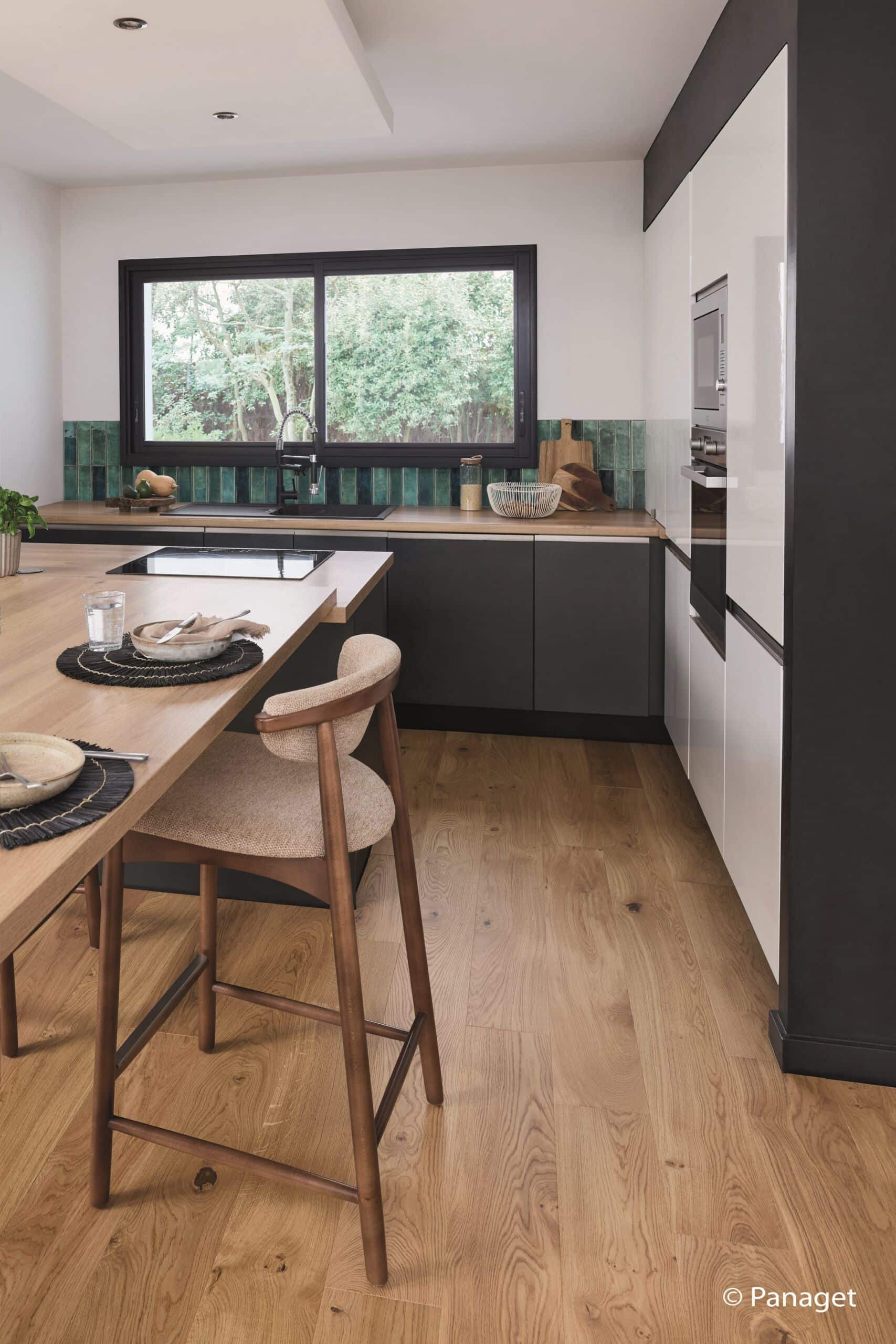
Tiles have long been the preferred choice for kitchen floors due to their practicality. However, thanks to advancements in wood finishes and protective treatments, wood flooring has become an elegant and warm alternative. Increasingly popular in open-plan kitchens, it ensures seamless continuity with the living area, enhancing both aesthetics and comfort.
Why choose wood floor for your kitchen?
Unique character: Wood flooring brings warmth and authenticity to the kitchen, creating a refined contrast with contemporary materials like stainless steel, glass, or stone.
Unmatched comfort: Softer and more pleasant underfoot than tiles, wood floor also provides valuable thermal and acoustic insulation.
Easy maintenance: Thanks to the latest developments in oiled and lacquered finishes, wood floor in the kitchen is now as easy to maintain as in any other room of the house.
Which finish should you choose?
Traditionally, oiled finishes were favored in kitchens, sometimes in combination with other floor coverings (tiles, polished concrete, vinyl) in high-exposure areas. Today, high-resistance lacquers and new application techniques allow all Panaget wood floors to be installed without restrictions in the kitchen.
Oiled or lacquered ? The choice is purely aesthetic and depends on the ambiance you want to create. Either way, our floors are designed to withstand daily use.
Optimal protection: Our finishes effectively guard against splashes and stains, ensuring long-lasting durability.
How to maintain parquet flooring in a kitchen?
Regular maintenance is the key to long-lasting parquet.
Routine cleaning: Dust with a broom or vacuum cleaner, then wipe with a slightly damp microfiber mop using cold water once a month.
Immediate care: Wipe up any spilled liquid (water, oil, wine, etc.) within an hour to prevent staining.
Oiled parquet maintenance: Apply Panaget maintenance oil once or twice a year to nourish and protect the wood.
Find detailed maintenance recommendations for both oiled wood floor and lacquered wood floor.
What type of installation is suitable for kitchen wood floors?
Two methods are available:
Glued installation: Recommended for optimal stability, especially on underfloor heating systems.
Floating installation: Easier and faster to install, but requires careful attention to expansion joints and maximum floor surface limits.
For more guidance, check our installation advice or find a Panaget distributor near you:
If you prefer to have your kitchen flooring installed by a professional, we can connect you with our trusted artisan partners: Request a quote
With Panaget, bring French elegance and warmth to your kitchen!

